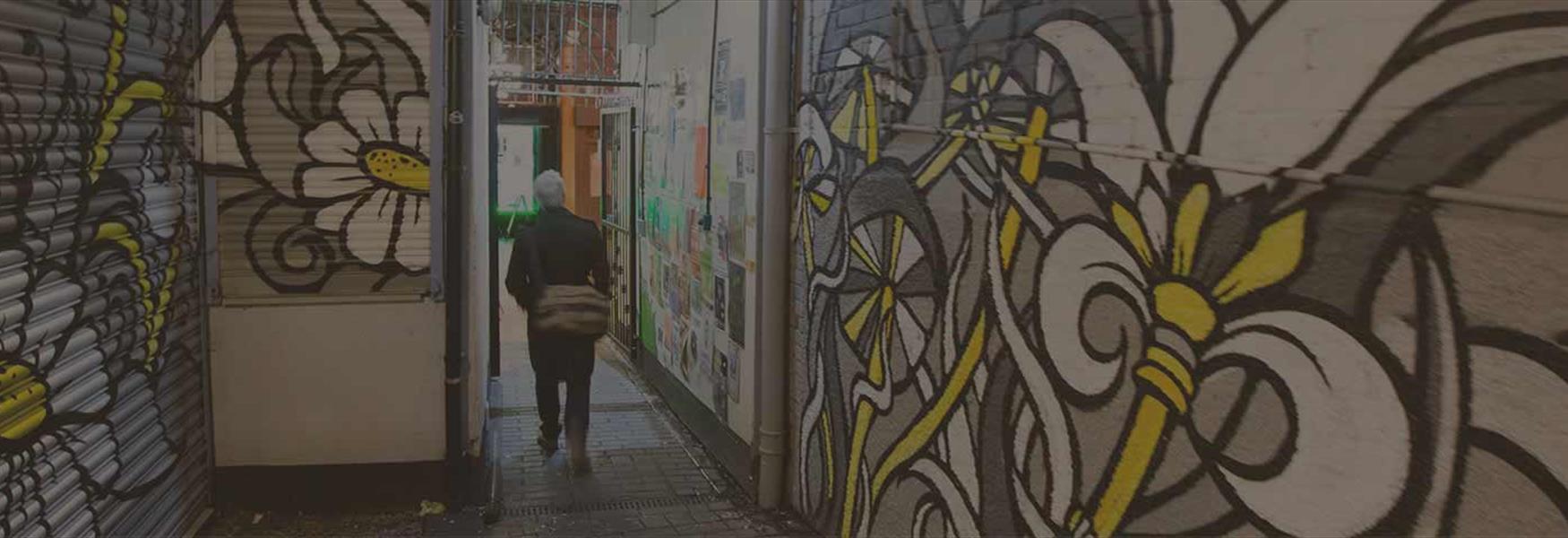To provide you with the best experience, cookies are used on this site. Find out more here.

To provide you with the best experience, cookies are used on this site. Find out more here.

Discover a historic landmark in Nottingham.
The current Trent Bridge was designed by Marriott Ogle Tarbotton, construction started in 1868 and was completed in 1871. The iron and stone bridge across the River Trent is the principal river crossing entrance to the city from the south.
Close by, you will find Trent Bridge cricket ground, internationally recognised as one of cricket’s finest venues and home to Nottinghamshire County Cricket Club, Nottingham Forest football ground and Notts County football ground.
However, it is thought that the bridge dates back to the medieval times and was first constructed in 920. After that, the bridge was developed twice, once in 1156 when it was named the Hethbeth Bridge and then again in 1551. Unfortunately, the bridge was damaged by floods several times and was declared unsafe and so the project to replace it started in the 1860s, which is the bridge we can see today – Trent Bridge!
On the northern abutment of the bridge you can view the ‘flood marks’ carved into the stonework, which were first recorded in 1852, when the bridge was known as the Hethbeth Bridge. The highest flood mark is from October 1875.
In 2013, plans were unveiled by Nottingham City Council to illuminate the historic landmark in different colours under the arches which can switch in a number of combinations to produce different coloured lighting effects.
Trent Bridge, the home of Nottinghamshire County Cricket Club, is a world-famous…
A short walk from Nottingham city centre, you will find Victoria Embankment.
Notts County Football Club is the world’s oldest professional football club.
